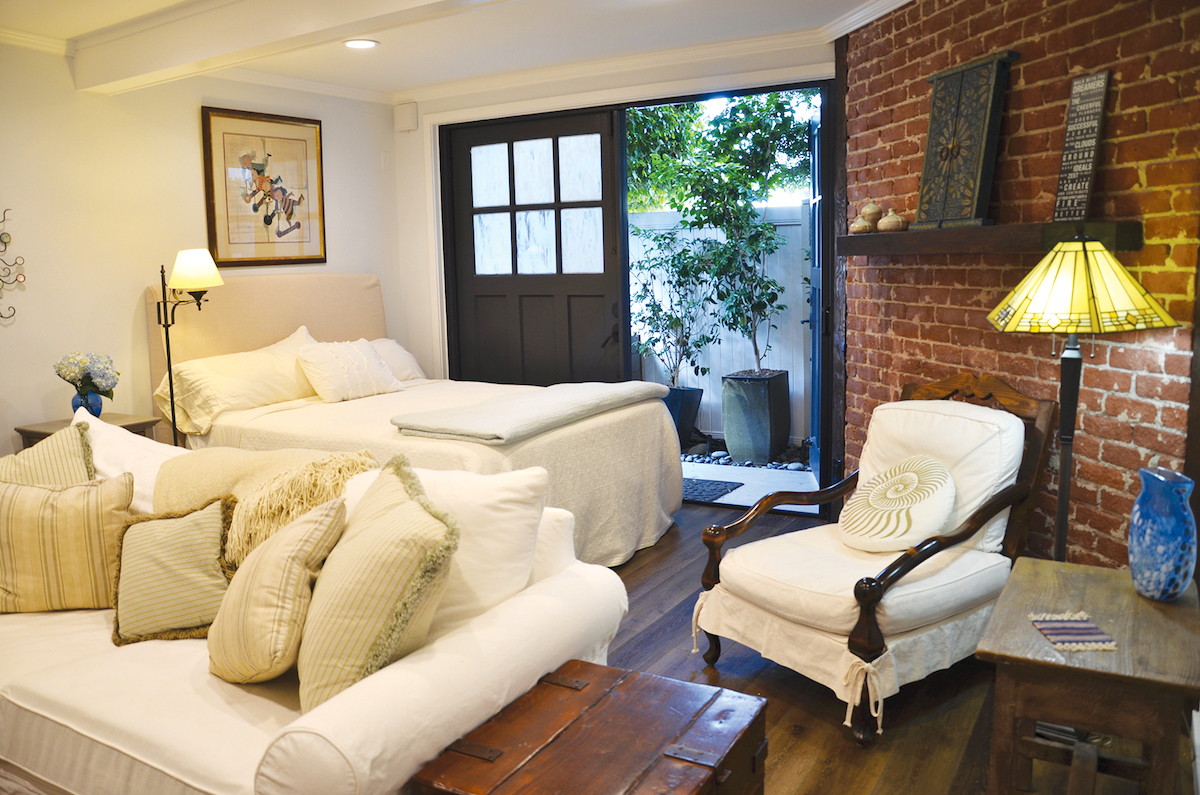
With high housing costs, accessory dwelling units rise in popularity as regulations relax to make approvals quicker and easier.
By Sharael Kolberg
Laguna Beach homeowners wanting to expand their living space to accommodate extended family or create a rental unit on their property have long been able to do so with the city’s accessory dwelling unit permit, but there were many hurdles and requirements leading to only 12 permitted between 2006 and 2016. The process has become easier in recent years, as the state of California passed laws mandating that cities accelerate the production of affordable housing options, which includes allowing ADUs and approving them more quickly.
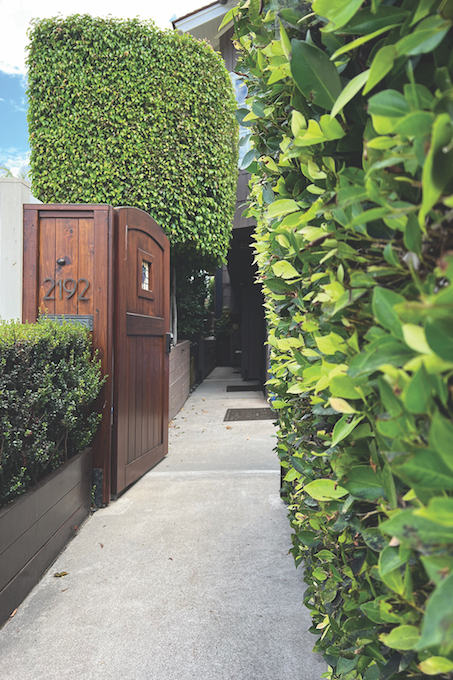
In late 2021, the city of Laguna Beach enacted an ordinance to update city code related to ADUs. So plans that meet certain standards and ordinance requirements don’t require design review, making it typically faster, easier and less expensive for homeowners to get approval to build one of these units. To further encourage these projects, the city also created an ADU Handbook in August and hosted a public workshop in partnership with the Susi Q Senior Center in September to help demystify the process.
There’s plenty of interest in the topic, with more than 100 people showing up for the free session and another 40 viewing it online. And, notably, the city has received 173 ADU applications, of which 38 projects have been completed, since 2020. So far this year, the number of applications is double what it was for the same period in 2020.
Home Sweet ADU
ADUs, also called granny flats, in-law units, casitas or backyard cottages, can be attached or detached from the main house and can be new construction or converted existing space, such as a garage. These one-story units are an affordable housing option for an aging parent or relative, college student, caretaker or disabled resident—and can provide a source of income for homeowners. It provides an opportunity for family members to live together, while also allowing them privacy from each other.
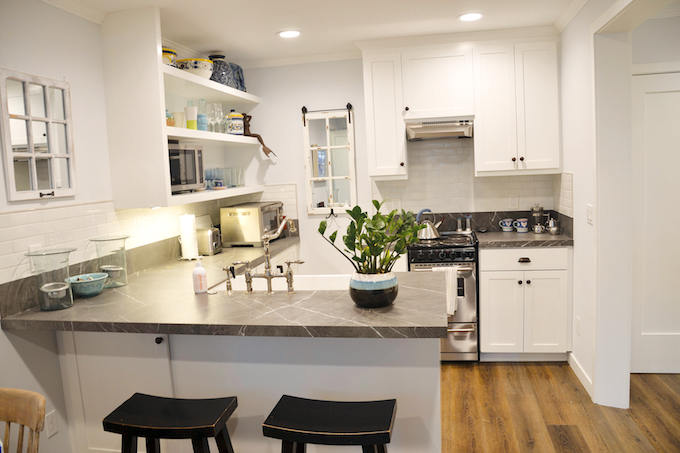
It is particularly helpful for aging residents to stay in this town that they love. Senior citizens, who may need extra care as they age, can live in an ADU on their grown son or daughter’s property to be close to family. Or, seniors may choose to live in an ADU on their own property to avoid maintaining a larger home and then rent out their main home as a source of retirement income. If leased to tenants, ADUs must be rented for more than 31 consecutive days, which can put neighbors’ minds at ease since short-term rentals can sometimes be a source of noise and rowdy parties. And deed restrictions on ADUs require the owner to live on the property.
Local resident Debbie Lewis converted space in her Woods Cove home into an ADU in 2020. “I had always planned to convert the downstairs portion of my home into a granny flat with the thought of either having it for live-in home care during my most senior years, supplemental retirement income or perhaps even living there if I could no longer navigate my three-story home,” Lewis says. She is currently using it as a rental for those typically staying two to four months. The renters are mostly snowbirds staying multiple months in the winter, but also some visiting artists or even locals who need accommodations during a remodel, for example, or newcomers who need a place to stay while looking for a home.
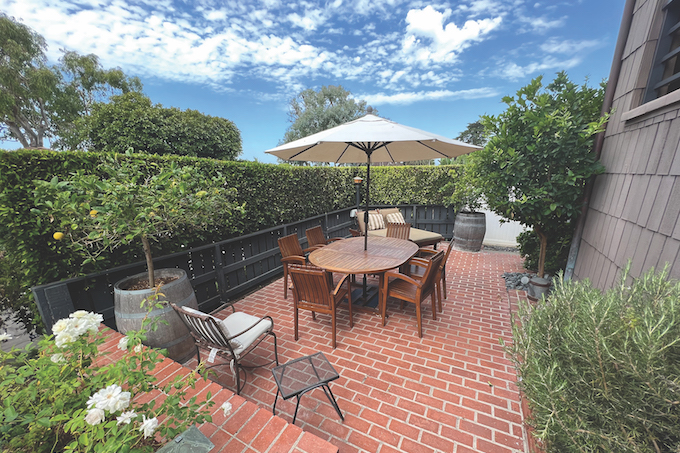
As for the size and amenities required for an ADU, according to the city of Laguna Beach, detached units can be up to 850 square feet or 1,000 square feet depending on the number of bedrooms. For attached ADUs, those measuring more than 800 square feet cannot exceed 50% of the primary dwelling’s square footage. There is no maximum size for converting spaces that already exist as part of the primary home, including garages and other accessory structures.
It’s important to note that ADUs are defined as self-contained living units consisting of a separate entry, sleeping/living area, full bathroom and kitchen. Junior ADUs, which are smaller converted spaces of up to 500 square feet, have their own entry area and a smaller “efficiency” kitchen, and either share the main home’s bathroom or have their own.
The Permit Process
ADUs are more affordable than ever to build. New policies put in place in California limit the development impact fees that local jurisdictions may charge for ADU construction and have relaxed local zoning requirements, such as requiring design review, structured parking or elevators. Homeowners can often recoup the cost of building by renting out the unit. Creating an ADU also allows some homeowners to increase the square footage of their house, which increases property value.
To help advise the Laguna Beach City Council and staff on implementing the state mandate to encourage creation of ADUs, the city’s Housing and Human Services Committee established an ADU Subcommittee. “This includes support of the development of ADUs and the challenge of providing truly affordable housing in the community, [which is] … especially critical as it relates to the city’s longtime senior residents,” says Cody Engle, subcommittee chairman.
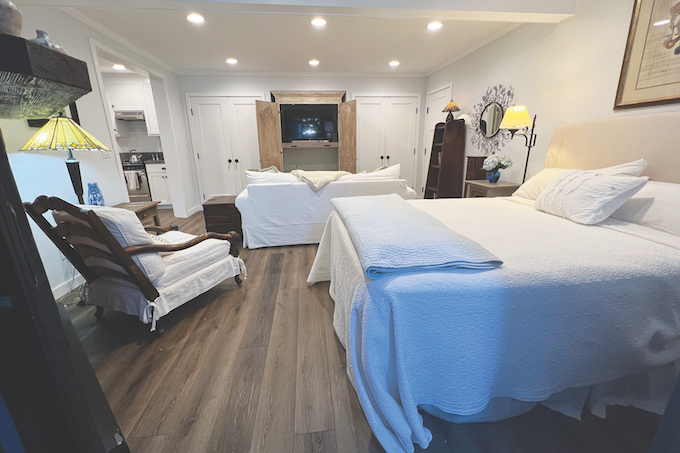
The timeline for permitting and building an ADU can vary depending on the project. The city recommends first deciding if an ADU on your property is feasible with regards to zoning, site conditions and financial costs. Once that has been assessed, the city recommends allowing one to four months for design, three to six months for permits, and 9 to 12 months for construction, although it can take longer if a homeowner is seeking exceptions to height or access, for example, or if significant site development work is needed for hillside construction.
“ADUs are being created at a record rate,” Engle says. “There is also significant interest in the community in bringing nonpermitted units into compliance, which requires many of the same planning review steps as a new project.”
How to Get Started
The city of Laguna Beach has an ADU Handbook on its website. The city’s Housing and Human Services Committee also provides resources for residents to learn more about the process through online tools and a YouTube video of the workshop held in September.
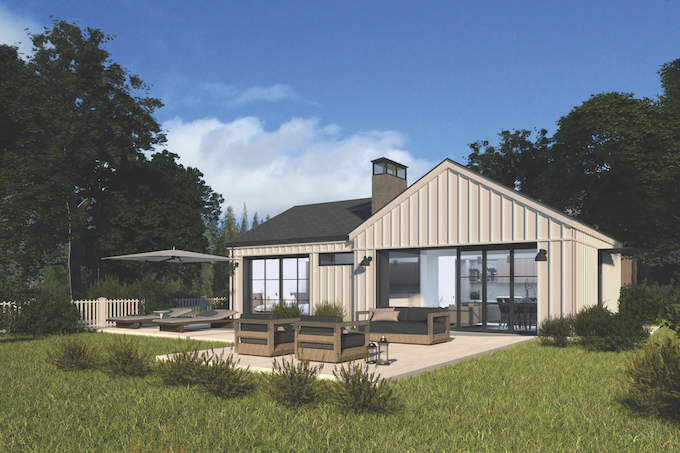
For independent consultation, homeowners can reach out to an architect or contractor to get started. “The architectural design of an ADU is crucial to be coherent to the aesthetic of the existing home,” says local architect Rory Foubister. “Our process takes into consideration all aspects of existing structures on the site, and neighboring sites, to provide the most cohesive ADU for the owner and the surrounding community.”
Laguna ADU, founded by former mayor Elizabeth Pearson, is also a one-stop shop for ADU projects. She offers a complimentary consultation to see if an ADU is “doable” under state and city codes. With her experience of how the city operates and acquaintance with local architects, designers, engineers and contractors, Pearson is a great resource to help homeowners through the entire process. Her advice to those looking to build an ADU is: Be patient. “Expect that your project will be completed/built at least nine to 12 months from the time you decide to move forward,” she says, “unless it is an interior conversion, which typically takes much less time.”
Designing the Space
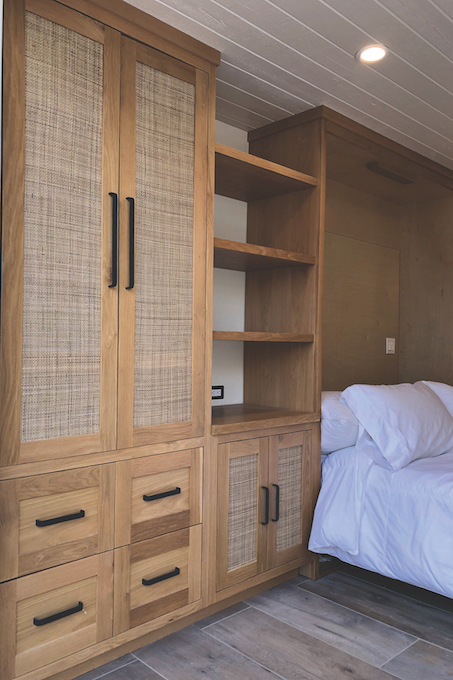
Although the space could be small, making an ADU feel like a home is easy when you maximize the square footage, add your favorite design elements and make sure it has the comforts you want and need.
Local interior design expert Candace Kristensen, owner of Ocean Design Studio, has helped Laguna Beach residents turn their new ADUs into beautiful living spaces.
“In one of my most recent ADU installations, we incorporated a custom Murphy bed out of white oak along with a pair of custom bookcases along the side to give the space a clean and organized feel,” Kristensen says. “Hit the flea market to hunt for small vintage pieces to incorporate with new pieces to give these little spaces a big personality.”
Resources
City’s ADU guidance: lagunabeachcity.net/adu
Video of city ADU workshop: youtube.com/watch?v=4lMaS5rZxak
City’s ADU handbook: bit.ly/3enr9NE
